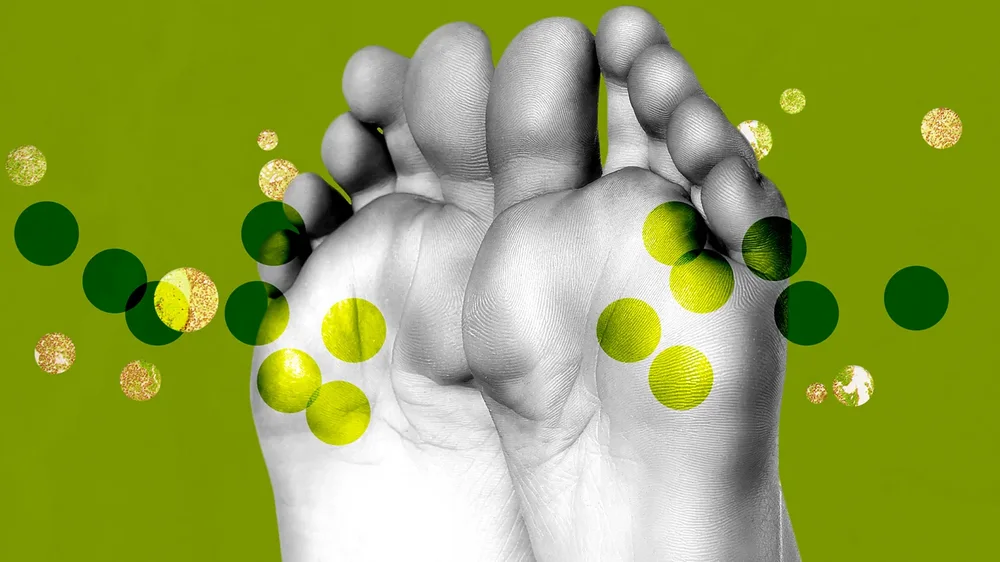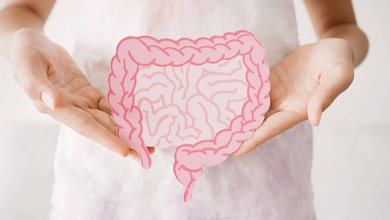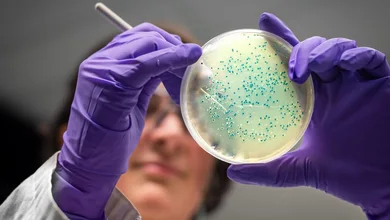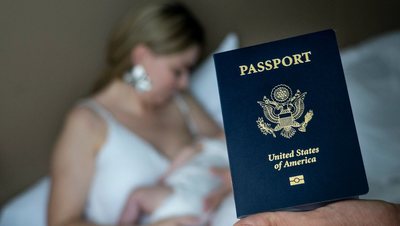
A 74-year-old Scottish woman, Joy Milne, has shown an extraordinary ability to smell Parkinson's disease through the body odor of patients, an ability that scientists are studying to develop rapid and non-invasive tests for diagnosing the disease.
Perdita Barran, an analytical chemist, was skeptical when her colleague told her about Milne, thinking that “perhaps he was associating the smell of old people with Parkinson’s symptoms.” But subsequent experimentation proved Milne correct: out of 12 T-shirts tested, she successfully identified 6 as being worn by Parkinson’s patients, and alerted another person who was later diagnosed with the disease.
Now, researchers are developing techniques to detect odor biomarkers that could help in the early diagnosis of Parkinson's, cancer and other diseases. Many of these molecules, called volatile organic compounds (VOCs), are produced during metabolism and can be released onto the skin or in the breath.
Some diseases already give off distinct odors: diabetes can give off a fruity or “rotten apple” smell, liver disease can give off a musty or sulfurous smell, while kidney disease can give off a urine or ammonia smell. Some infections can also be detected by external odor.
Milne's ability to smell these smells is rare and is linked to a genetic trait called hyperosmia, which gives him a very sensitive sense of smell. Scientists are using gas chromatography and mass spectrometry to analyze the sebum of Parkinson's patients and have identified about 30 molecules that are consistently altered in the disease.
Through these discoveries, a simple skin test is being developed that can diagnose Parkinson's in its early stages, making the process much faster and non-invasive compared to the current method, which often requires lengthy visits to a neurologist.
How do scientists explain the effect of diseases on body odor? VOC molecules are produced during metabolism in mitochondria, and any change in metabolism – from an infection or a disease – changes the profile of these molecules, giving the body a distinct “odor signature.”
Scientists hope that one day these tests will be widespread and enable early diagnosis of diseases without painful or invasive procedures.






















